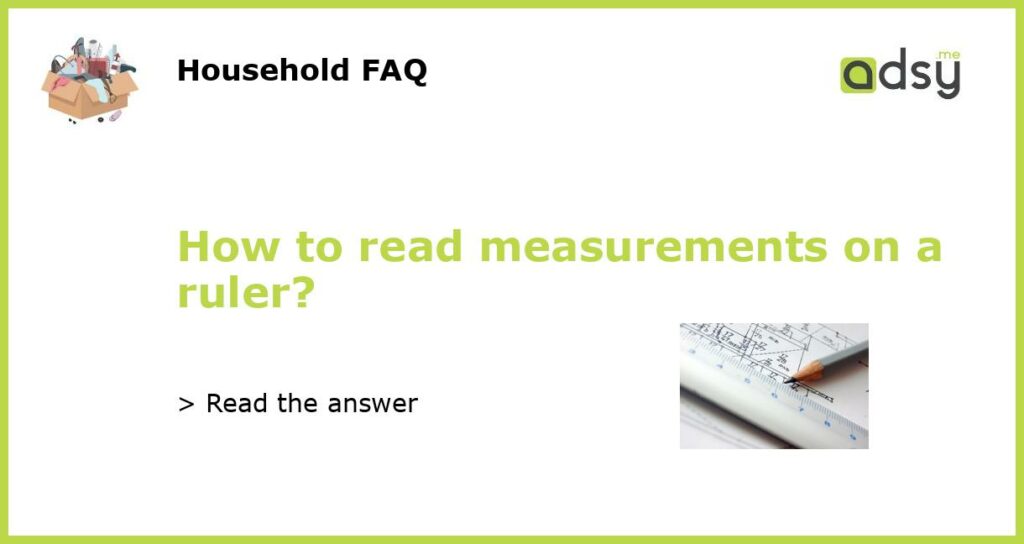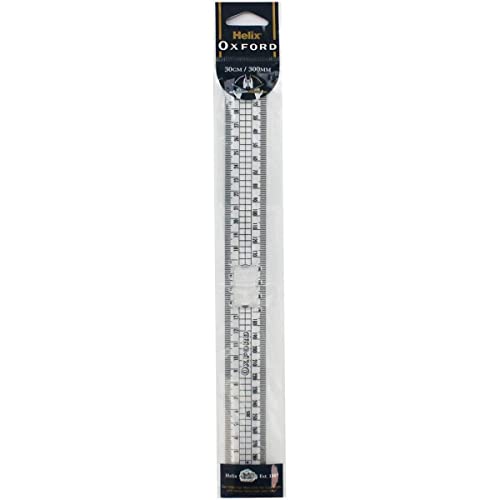Understanding a ruler
Before learning how to read measurements on a ruler, it is important to understand the different components of a ruler. A typical ruler consists of a long, thin strip of material, marked with a series of evenly spaced markings. These markings represent units of measurement, which can be inches, centimeters, millimeters, or a combination of these units. The ruler may also have additional markings or symbols to assist in reading measurements accurately.
Reading measurements in inches
When reading measurements on a ruler marked with inches, start by identifying the longest line on the ruler. This longest line represents a whole inch. The inches are then divided into smaller increments. Each increment is divided into smaller lines to represent fractions of an inch – usually eighths, sixteenths, and thirty-seconds.
To read a measurement, determine the whole inch first. Then, count the number of divisions after the whole inch to get the fraction. For example, if the whole inch is represented by the longest line and the following line after the longest line is its first division, the measurement would be 1 1/8 inch.
Reading measurements in centimeters
Centimeters are commonly used in countries that follow the metric system. Reading measurements on a ruler marked with centimeters is straightforward as each centimeter is represented by a longer line than the successive lines within that centimeter.
To measure an object in centimeters, align the starting point of the object with the “0” marking on the ruler and determine how many centimeters the object stretches. If the object extends beyond a whole centimeter, you can estimate the fraction of a centimeter by comparing the position of the object to the marks in between the centimeter lines.
Using a ruler with both inches and centimeters
Some rulers have both inches and centimeters on them, allowing for easy conversion between the two measurement systems. To read measurements on these rulers, locate the longer lines that represent whole inches or centimeters, and use the smaller lines and markings to identify smaller measurements within those units.
To convert a measurement from inches to centimeters or vice versa, use the conversion factor of 2.54 centimeters per inch. Multiply or divide the measurement accordingly to switch between the two units.
Accuracy and best practices
When reading measurements on a ruler, it is essential to ensure accuracy for precise measurements. Here are some best practices to keep in mind:
- Align the starting point of the object being measured with the “0” marking on the ruler.
- Hold the ruler steady to avoid any movement that can affect the accuracy of the measurement.
- Read the measurement from eye level to minimize parallax errors.
Additionally, it is important to note that some rulers may have additional markings or symbols that provide specific measurement references. These markings can be useful for specialized purposes such as measuring angles or circle radii.






